
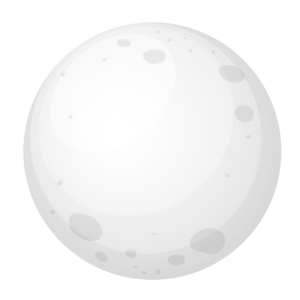
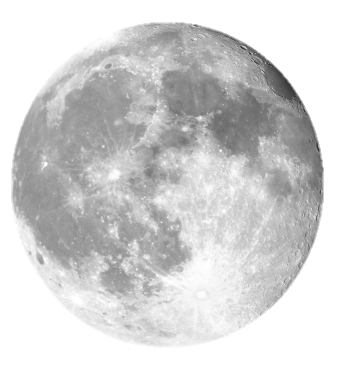
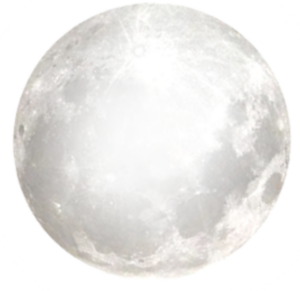
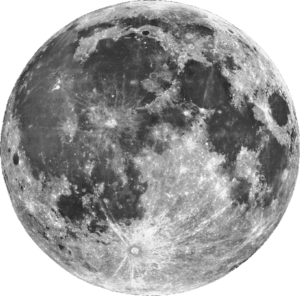
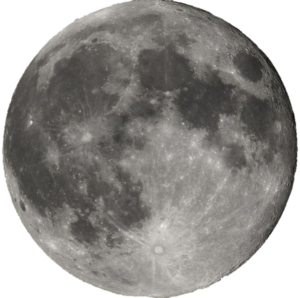

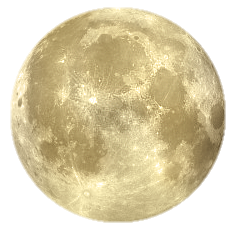
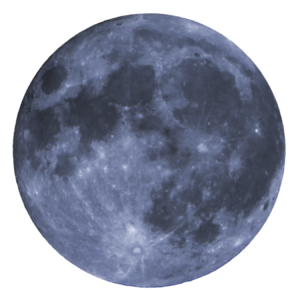
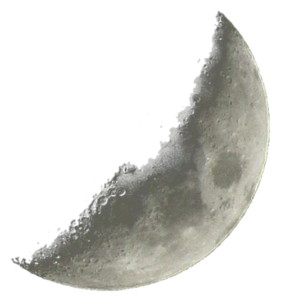
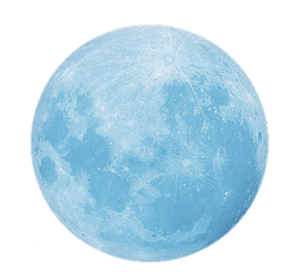
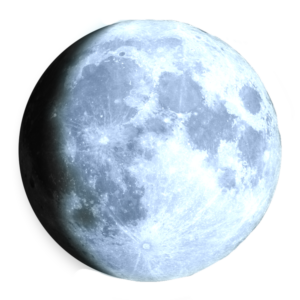
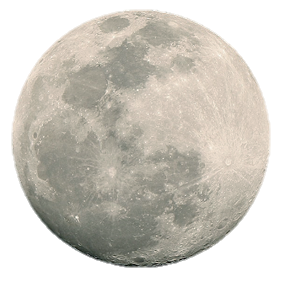
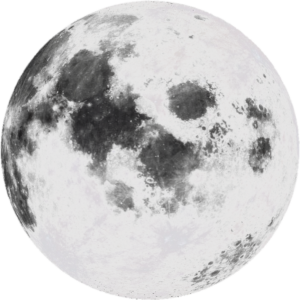
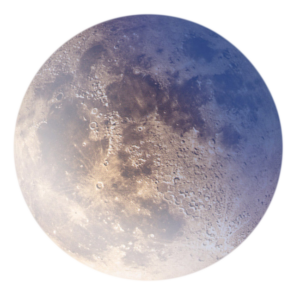




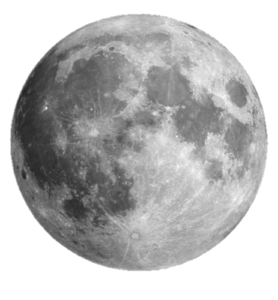
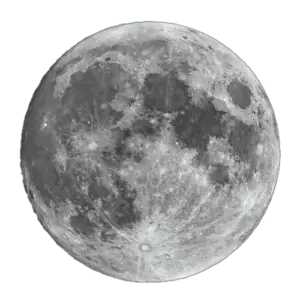
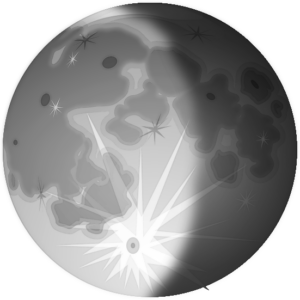
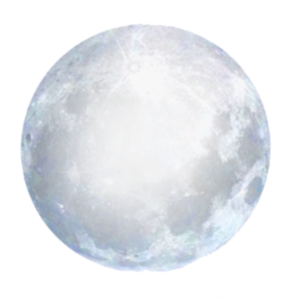
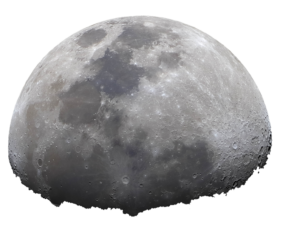
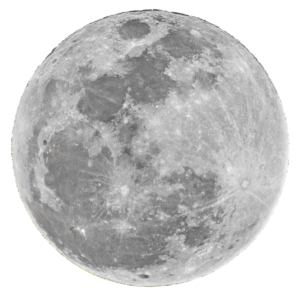
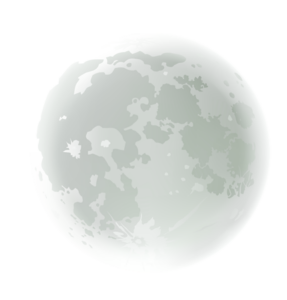
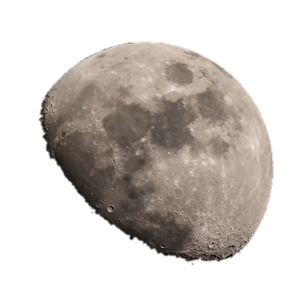
The Moon has captivated humans for centuries. Shining brightly in the night sky has been a source of wonder, inspiration, and myth throughout history. Our celestial neighbor, the Moon, is uniquely positioned in scientific exploration and cultural significance.
The Moon, Earth’s only natural satellite, is approximately 384,400 kilometers away. It is the fifth-largest Moon in the solar system and has a diameter of about 3,474 kilometers. Its composition consists of rock and metal, and its surface is covered with craters, mountains, and vast flat plains known as maria. These features were formed through a combination of asteroid impacts and volcanic activity billions of years ago.
The Moon’s gravitational pull influences Earth’s tides, creating a rhythm that governs coastal ecosystems. Its presence has also affected Earth’s axial tilt and rotational speed, contributing to the stability of our planet’s climate. Furthermore, the Moon acts as a shield, protecting Earth from some cosmic rays and meteors, absorbing their impact instead.
The Moon’s importance goes beyond its scientific influence on Earth. It has played a significant role in human culture, mythology, and exploration. Various cultures throughout history have worshipped the Moon as a deity, believing it to impact their lives profoundly. The Moon’s phases, from the new Moon to the full Moon and back, have been associated with rituals, agricultural calendars, and religious observances.
In exploration, the Moon has been a focal point for human endeavors. On July 20, 1969, the Apollo 11 mission achieved a historic milestone when Neil Armstrong became the first human to set foot on the lunar surface, famously proclaiming, “That’s one small step for a man, one giant leap for mankind.” This monumental event culminated years of scientific research, technological advancements, and human ambition. Since then, twelve astronauts have walked on the Moon during the Apollo missions, providing valuable data and samples that have contributed to our understanding of the Moon’s geology and history.
Scientific interest in the Moon has not waned over the years. In recent decades, robotic missions have been sent to explore the Moon further. These missions have revealed new insights into lunar water ice, the Moon’s geologic processes, and its potential as a future outpost for human exploration. The Moon’s barren landscape has become a testing ground for technologies vital for future human space exploration, such as resource extraction and habitation.
Moreover, plans for future lunar missions have gained momentum. Space agencies and private companies are now envisioning ambitious plans for a sustained human presence on the Moon, leading to the establishment of lunar bases and utilizing its resources for scientific and commercial purposes. These developments could open up new opportunities for space exploration and resource utilization and potentially pave the way for missions to Mars and beyond.
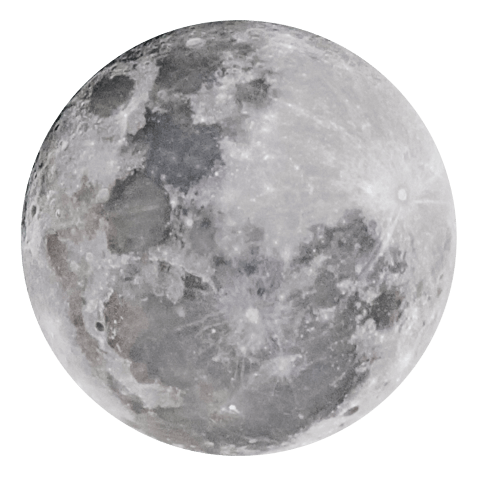



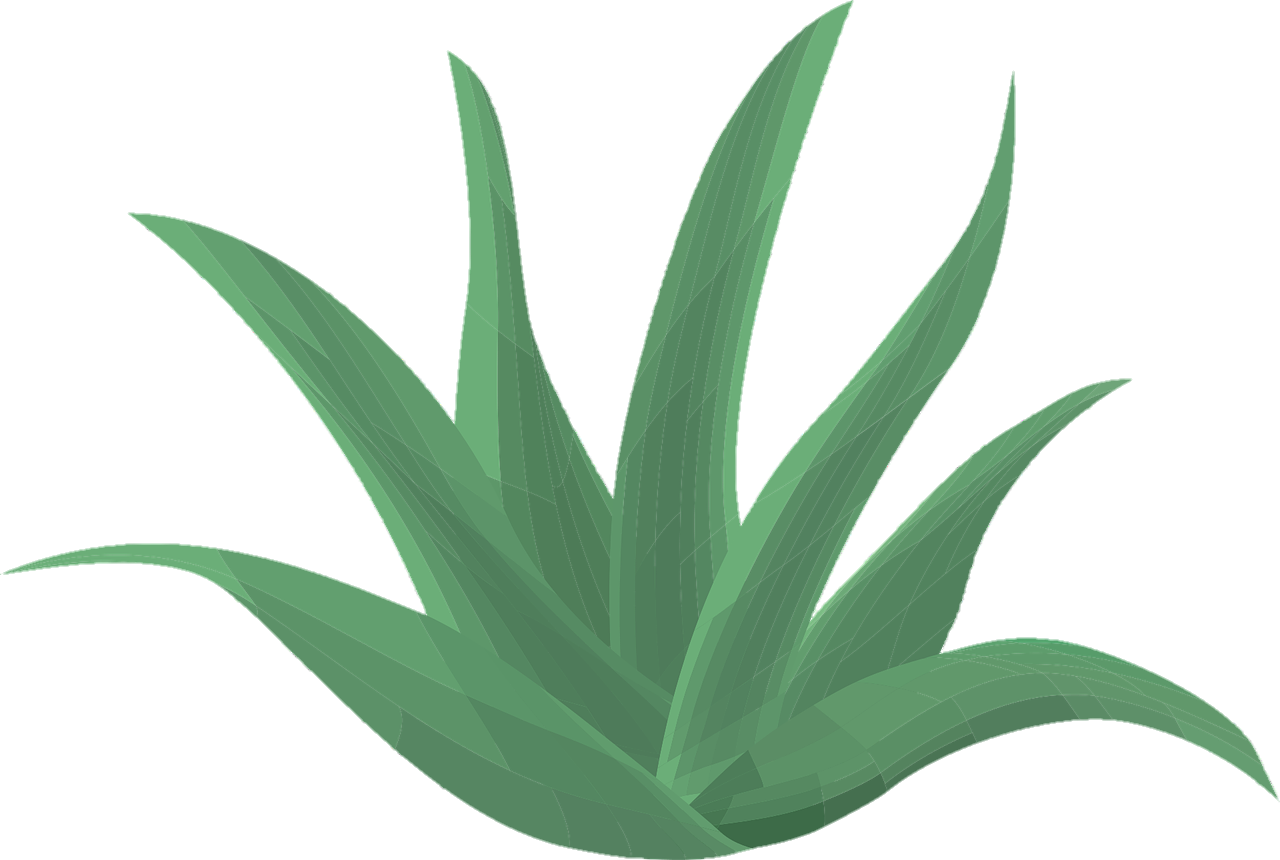
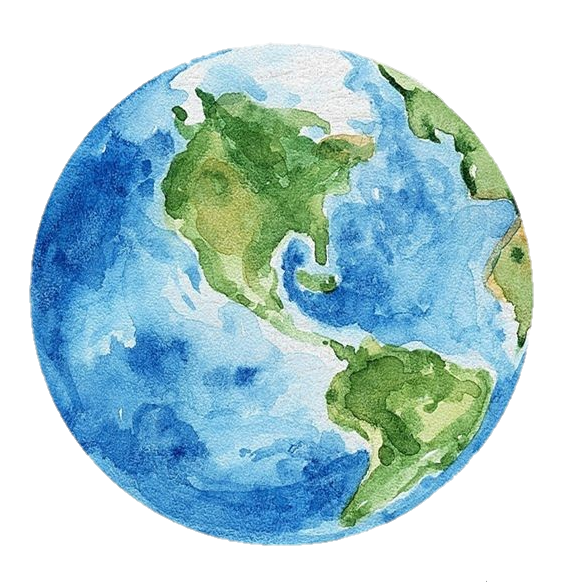

Leave a Comment
Instagram